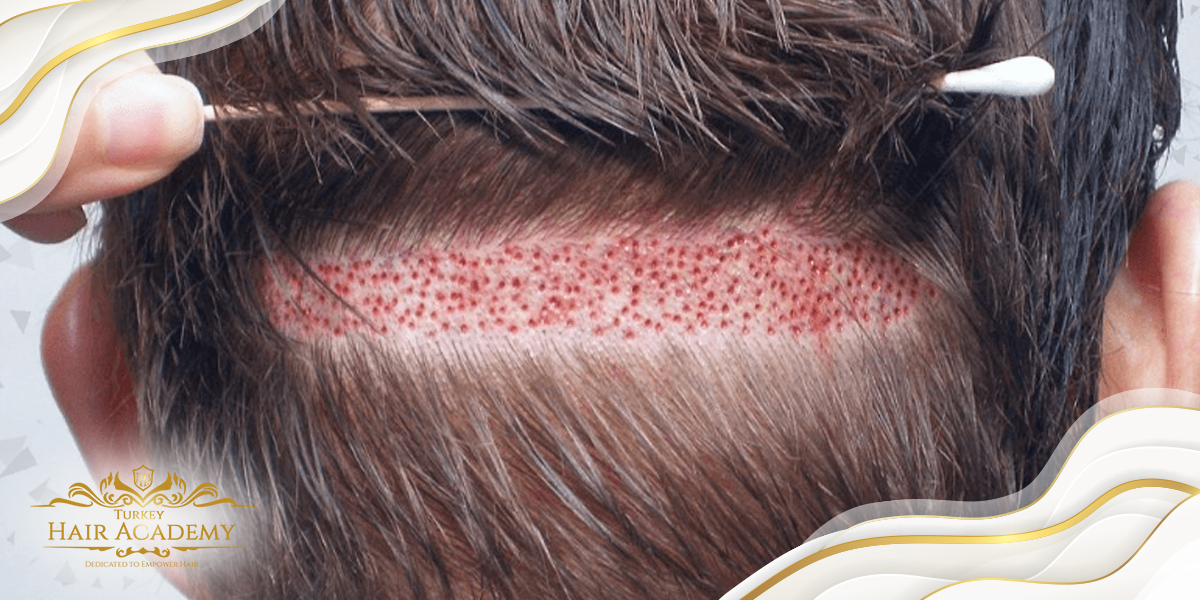In the planning of the hair transplant operation, a diagram is drawn by considering the physical characteristics of each patient (hair thinness, density, etc.) and the transplant areas in the head area. Healthy hair follicles to be taken from donor areas, the number of these hair follicles and their effects on the result of the procedure are the decisions made by doctors and patients together.
In Which Situations Hair Transplantation Should Not Be Performed?
Heart, diabetes, skin condition etc. In diseases that are serious, require medication and can be carried to healthy parts of the body, the procedure cannot be performed without consulting the field doctors. Hair transplantation should be done if the necessary conditions are met in order to avoid any problems before and after the operation.

Determination of Suitability for Hair Transplantation
Suitability for hair transplantation is determined by factors such as the patient’s age, regional or complete baldness, and the desired filling of the area as a result of hair root transfer. Especially due to the age factor, after an operation performed at an early age on a small sparse area, a much worse appearance may occur in the loss of the rest of the hair area with advancing age.
• If the Nape Area is Insufficient: In this condition, the compatibility of hair follicles taken from other body areas with the hair in the head area is tested. If the hair structure of the area to be transferred is equal and close to its old appearance, the operation is performed in this way.
• If the Nape Area is Sufficient: If this area is not sparse and weak, 100% compliance with the procedure will be achieved and a smooth result will be obtained. The fact that the nape area has the same roots as the hair on the other side of the head lays the groundwork for an operation that increases efficiency.
It is one of the important dimensions of achieving a much healthier result by evaluating the appropriate hair transplant treatment in specialist doctors and clinics that have passed the health check.
For example, although the beard roots are dense, the service that a doctor can provide by taking the patient’s donor area from the sparse and weak nape area is limited. Likewise, if the donor area is chosen as the chest for the thickness of the chest hair in terms of continuity and continuity, there is a possibility of incompatibility with the partially bald areas in terms of color and structure. In addition to these, it is also an important element to achieve naturalness in the hair transplantation process.

